Geely’s long-teased electric ute isn’t coming to Australia, at least not in pre electric form. Instead, Australians will see an all-new, next-generation version of the Riddara RD6, powered exclusively by a plug-in hybrid (PHEV) system and likely to hit local roads by 2026.
It’s a clear sign of where the Chinese carmaker sees the ute market heading: not full-electric, but electrified with a petrol engine and a meaningful electric-only range.
▶️MORE: 2025 BYD Dolphin EV Price and Specs
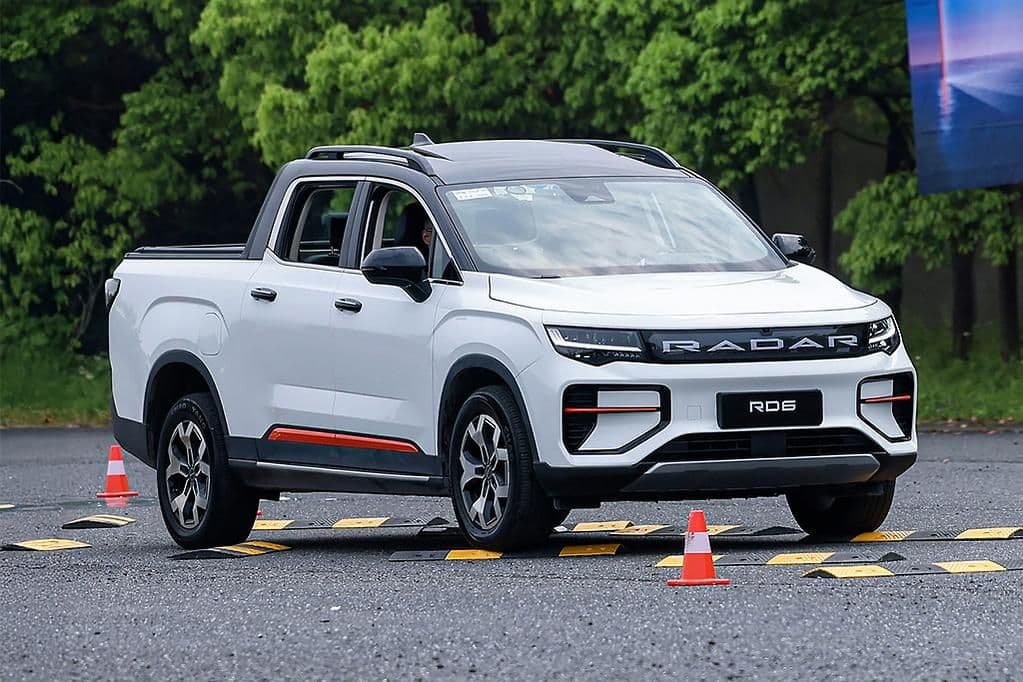
EV off the table (for now)
Despite early interest in the battery-electric Radar RD6 (as it’s known in China), Geely has ruled out bringing that version to Australia. Speaking at a recent event in China, Geely product planner Jackie Lian confirmed that Australia will skip the current model entirely.
“It will be PHEV … just a PHEV,” he said, referring to the next-gen ute currently under development. “It will be a brand new one.”
Geely has opted for a plug-in hybrid platform to better match local market conditions, especially in the ute segment, where charging infrastructure and range anxiety still pose barriers for full EVs.
▶️MORE: These Are the Best-Selling EVs in Australia in 2025
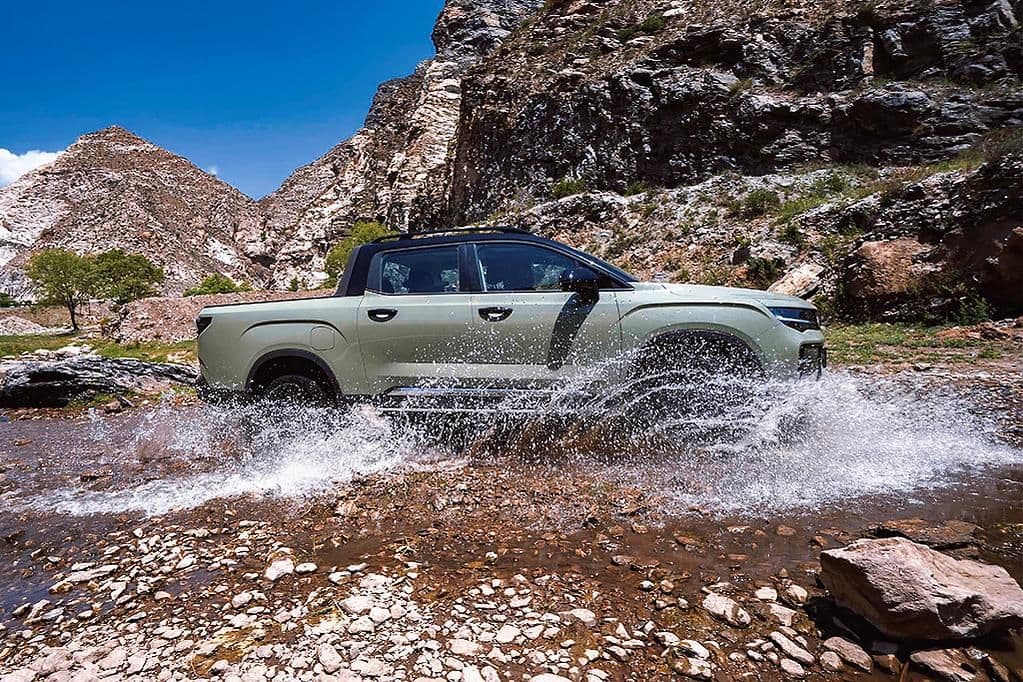
Petrol-electric power with AWD and solid range
At the recent Shanghai motor show, Geely previewed its PHEV ute setup: an 82kW 1.5-litre petrol engine paired with a 160kW electric motor, offering all-wheel drive and serious low-end torque for towing and off-road use.
The system runs off a battery up to 19.09kWh, delivering up to 120km of electric range on China’s CLTC cycle, which will likely deliver 80–100km in real-world Australian driving. That’s more than enough for most daily commutes, with petrol backup ready for longer hauls.
▶️MORE: Which Electric Cars Have Bidirectional Charging
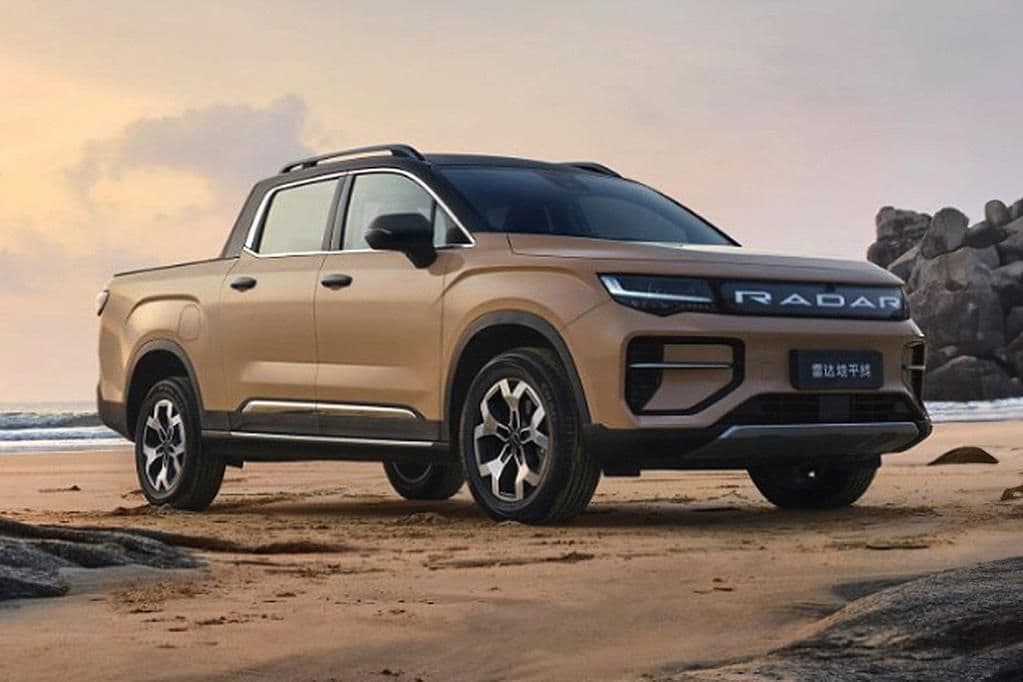
3.5-tonne towing and boosted payload
While the current all-electric RD6 claims 3000kg towing and 1030kg payload, Lian confirmed the new-generation model aims to go further.
“Of course. 3.5 tonnes the new one will be 3.5 [tonnes],” he said, directly targeting traditional workhorse utes like the Toyota HiLux and Ford Ranger. This is also one tonner more than the current best-seller the BYD Shark 6.
Payload may also improve slightly, helped by the PHEV system’s flexible packaging and Geely’s scalable architecture.
▶️MORE: Geely EX5 Hits 1000 Orders In Just 2 Months
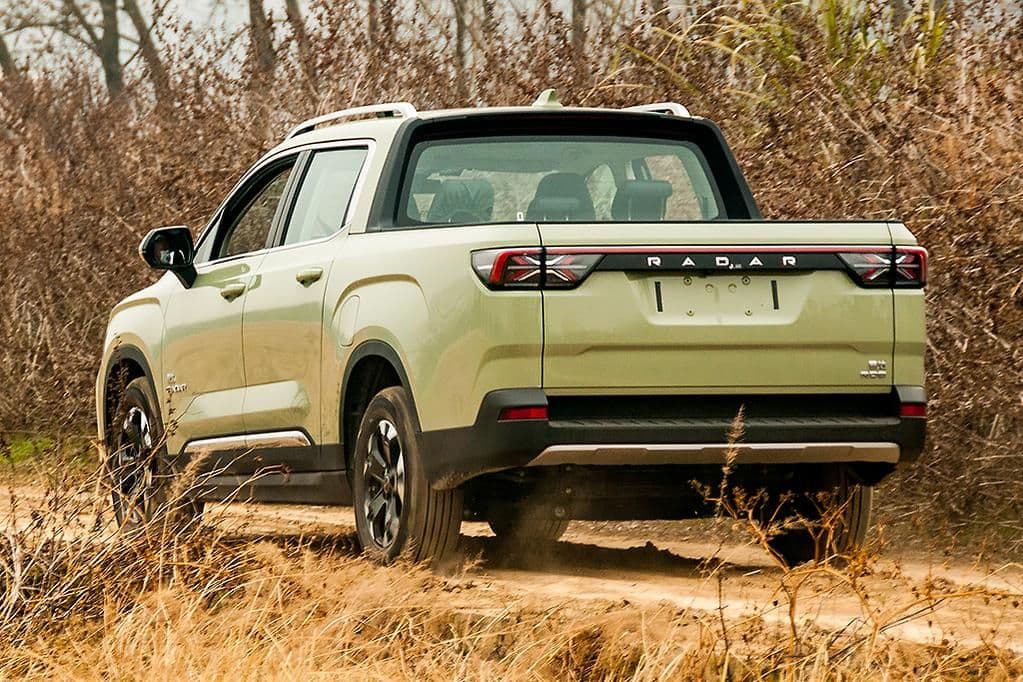
Focus on ANCAP safety, tech, and utility
The next-gen Riddara will ride on a fresh platform with independent suspension front and rear, most likely a skateboard-style chassis that integrates battery and drivetrain. Safety is a top priority and a five-star ANCAP safety rating is part of the plan.
“This one will pass ANCAP five star,” Lian assured, noting the importance of safety for fleet buyers and tradies alike.
Geely is also expected to bring its tech-heavy DNA to the Riddara, drawing on experience from its other brands like Volvo, Polestar, Zeekr, and Lotus. Expect advanced infotainment, smart driver-assist features, and EV-minded connectivity.
▶️MORE: 2025 Geely EX5 Price and Specs
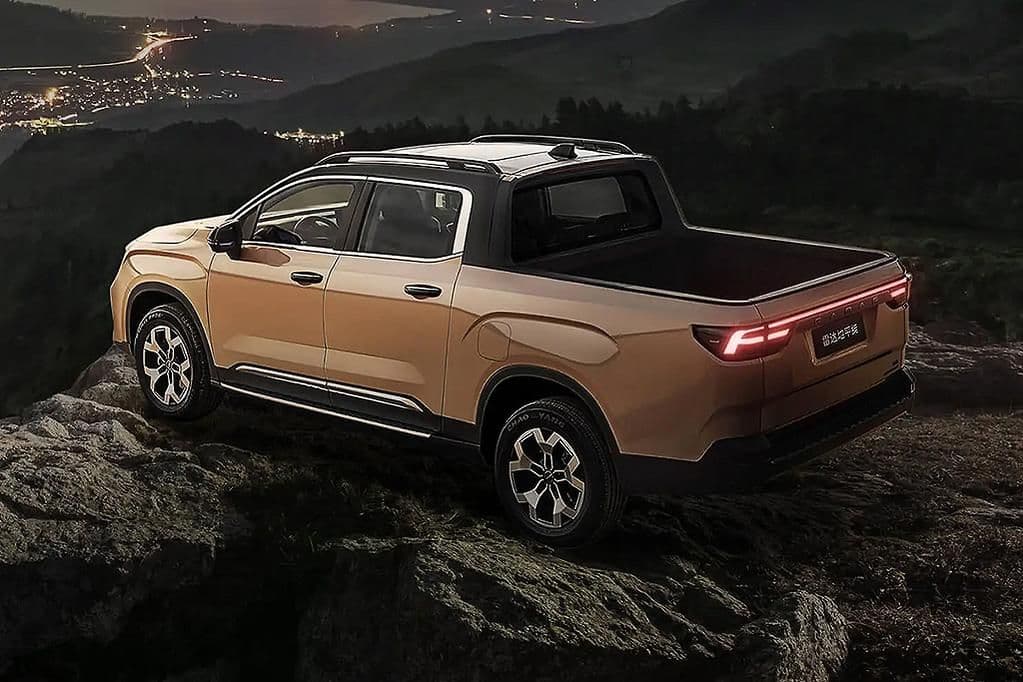
Australia’s electric ute future: slow but shifting
While Geely Australia hasn’t officially locked in a launch date, the writing is on the wall. The company is closely monitoring the market and sees growing appetite for electrified utes, particularly plug-in hybrids that can bridge the gap between petrol and full EV.
“We currently have no market introduction plans confirmed,” a Geely spokesperson said. “However, we are continuously looking at ways to best cater our model range for the Australian market.”
If all goes to plan, Geely’s new-gen PHEV Riddara could become one of the first serious alternatives to diesel-powered utes, offering lower emissions, real EV range, and no compromise on towing or work-ready performance.
Stay up to date with the latest EV news
- Get the latest news and update
- New EV model releases
- Get money savings-deal
